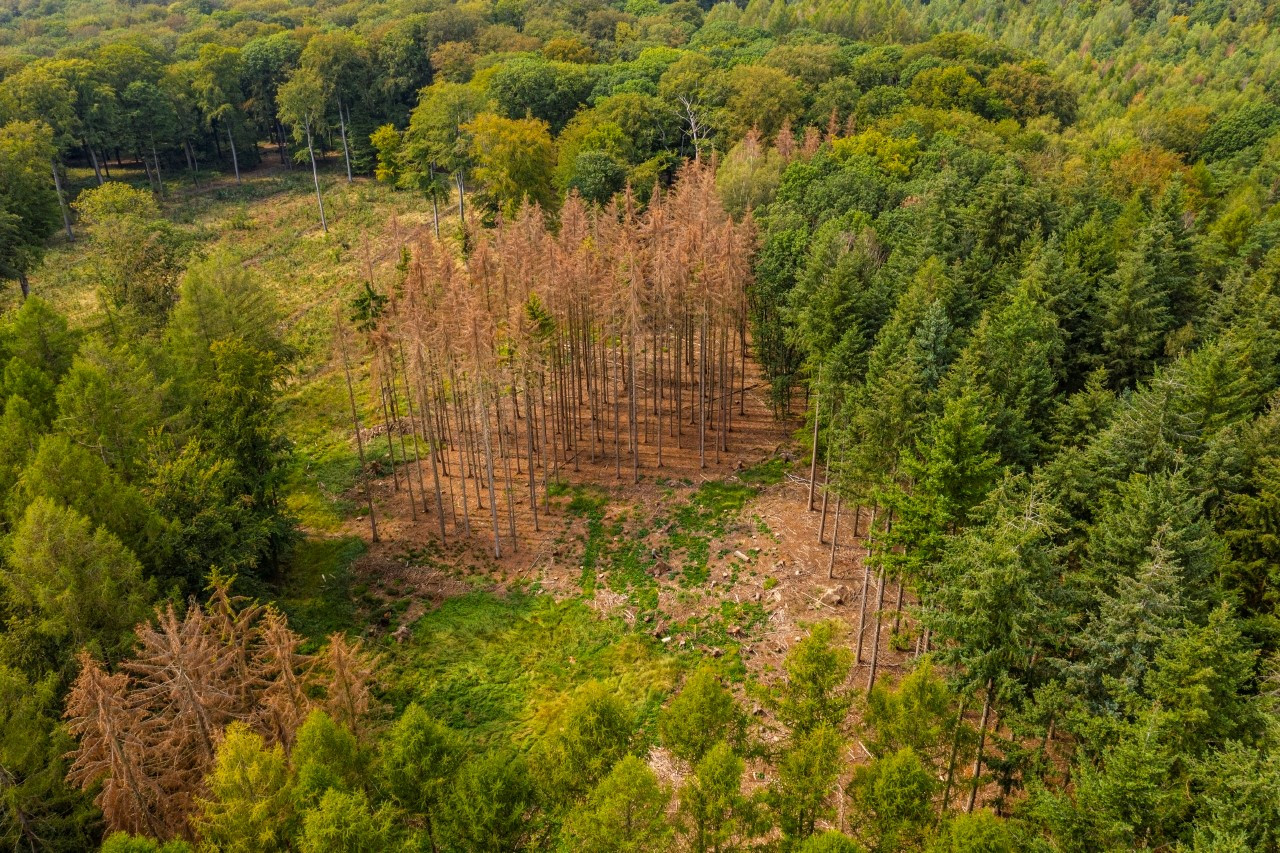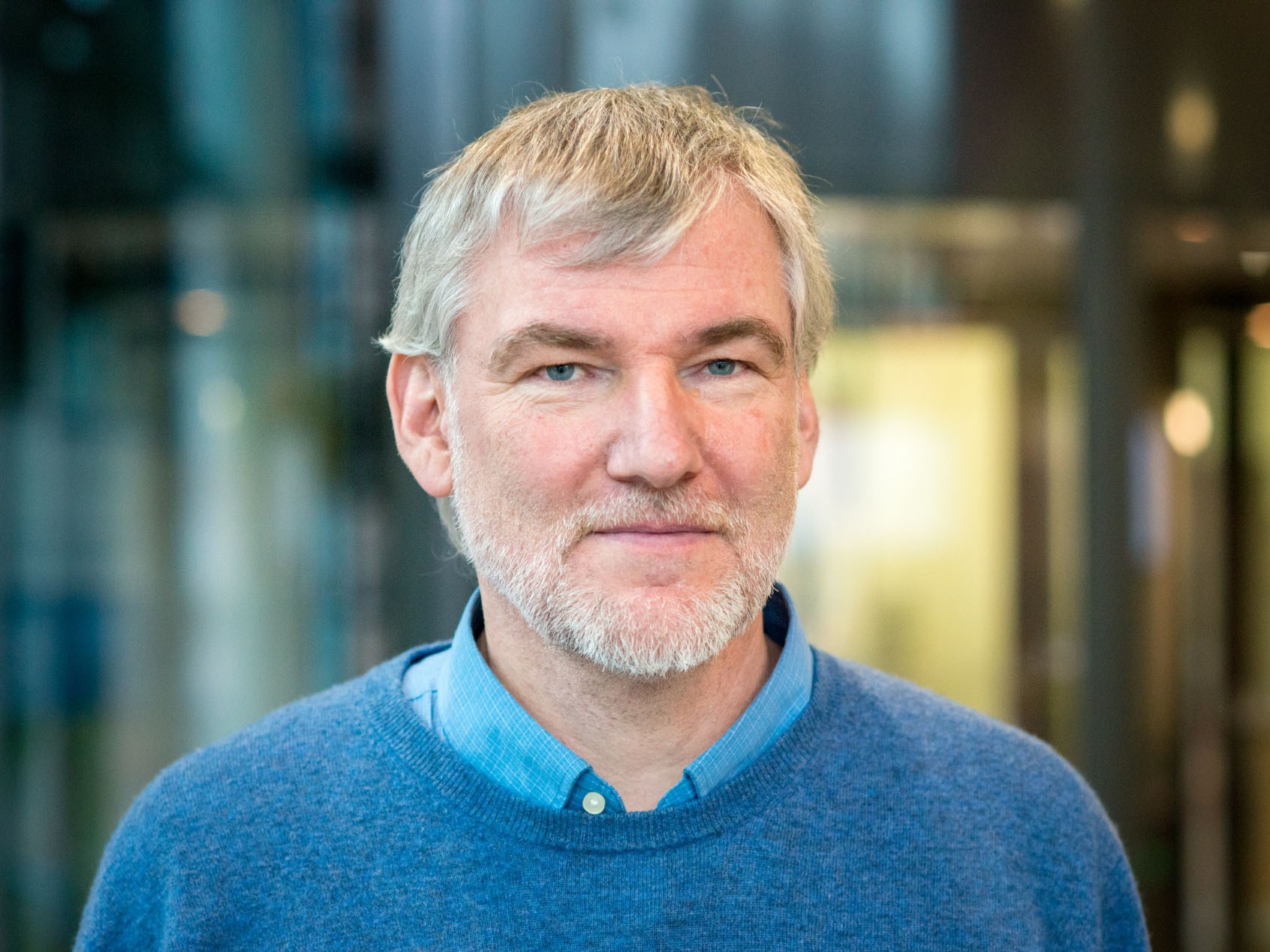“We have to lower our emissions as quickly as possible.”
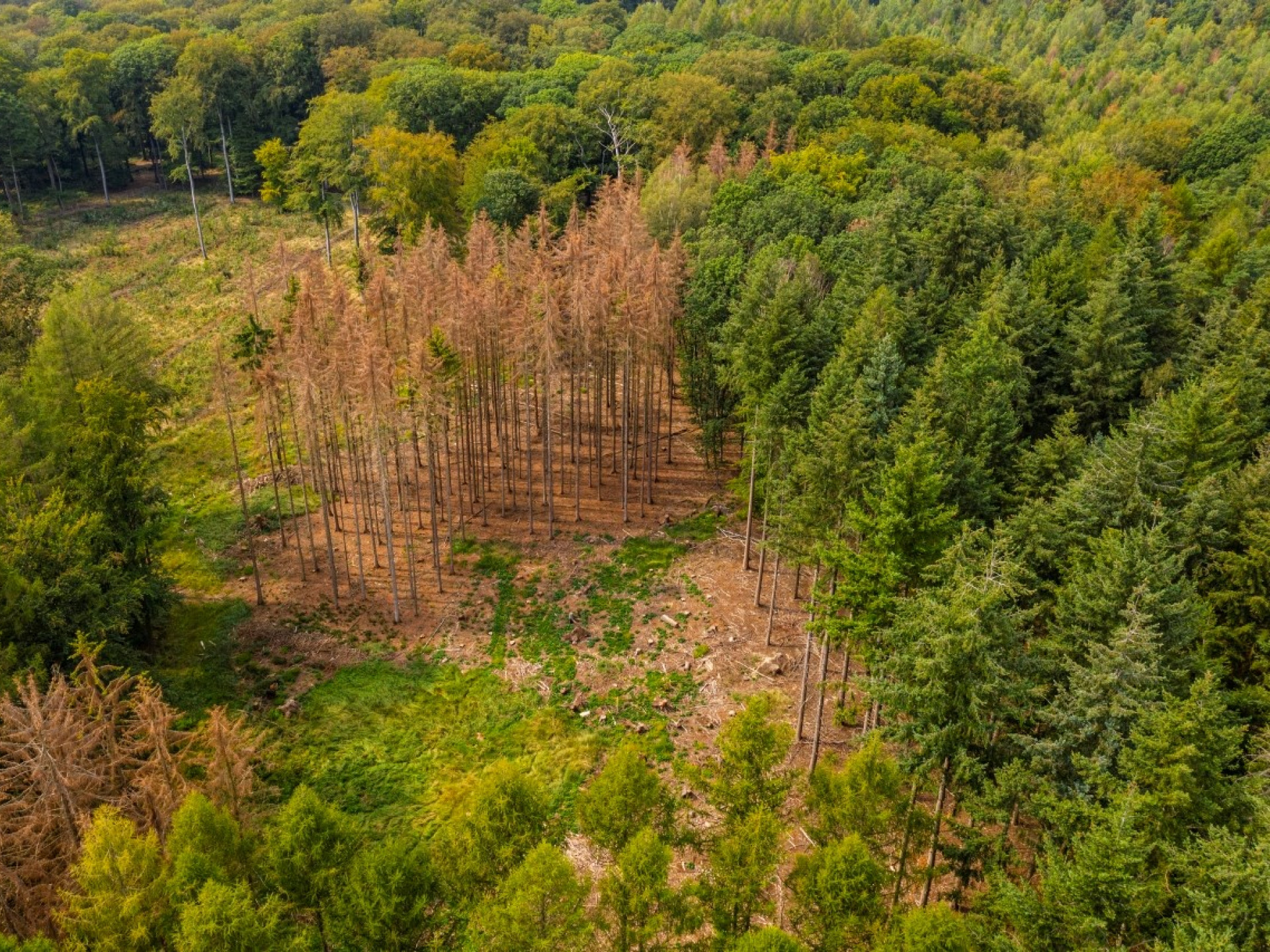
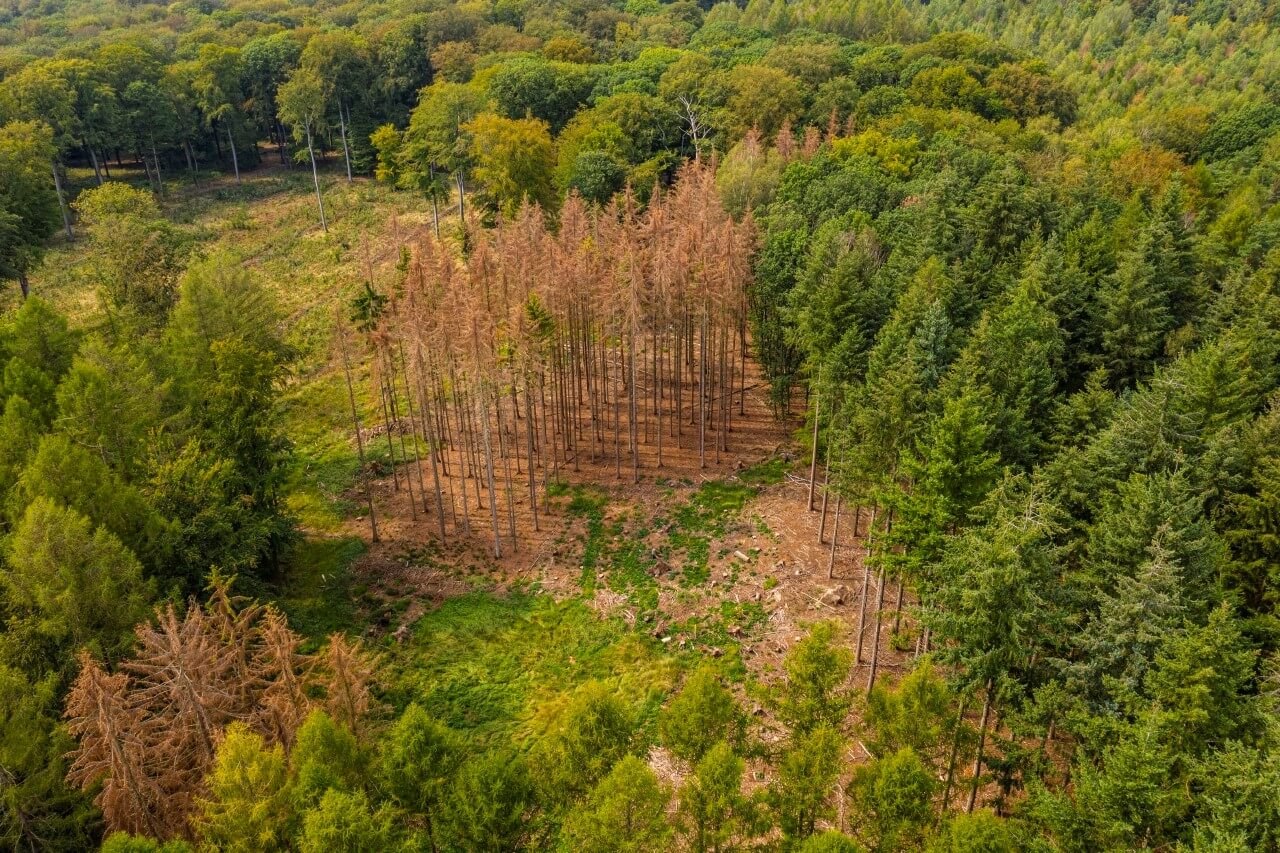
One third of the forest area in Germany is covered in forest. This adds up to more than 28,2 million acres. But our “green lung” is in bad shape. As the recent Forest Condition Survey of the Federal Ministry of Food and Agriculture shows, the condition of tree crowns is deteriorating year by year. Andreas Huth and Friedrich Bohn from the Helmholtz Centre for Environmental Research (UFZ) research how climate change is affecting forests and what the consequences are.
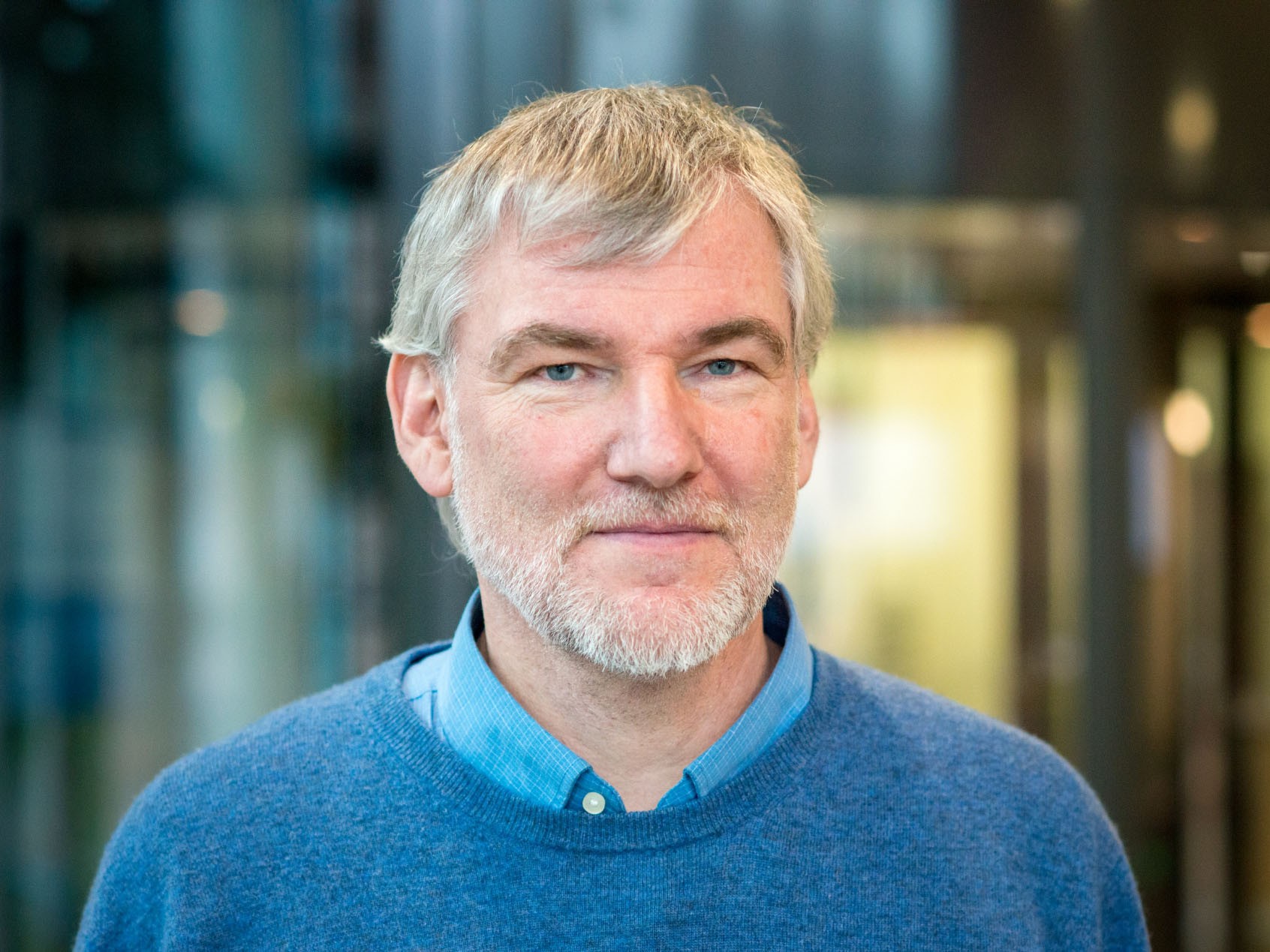
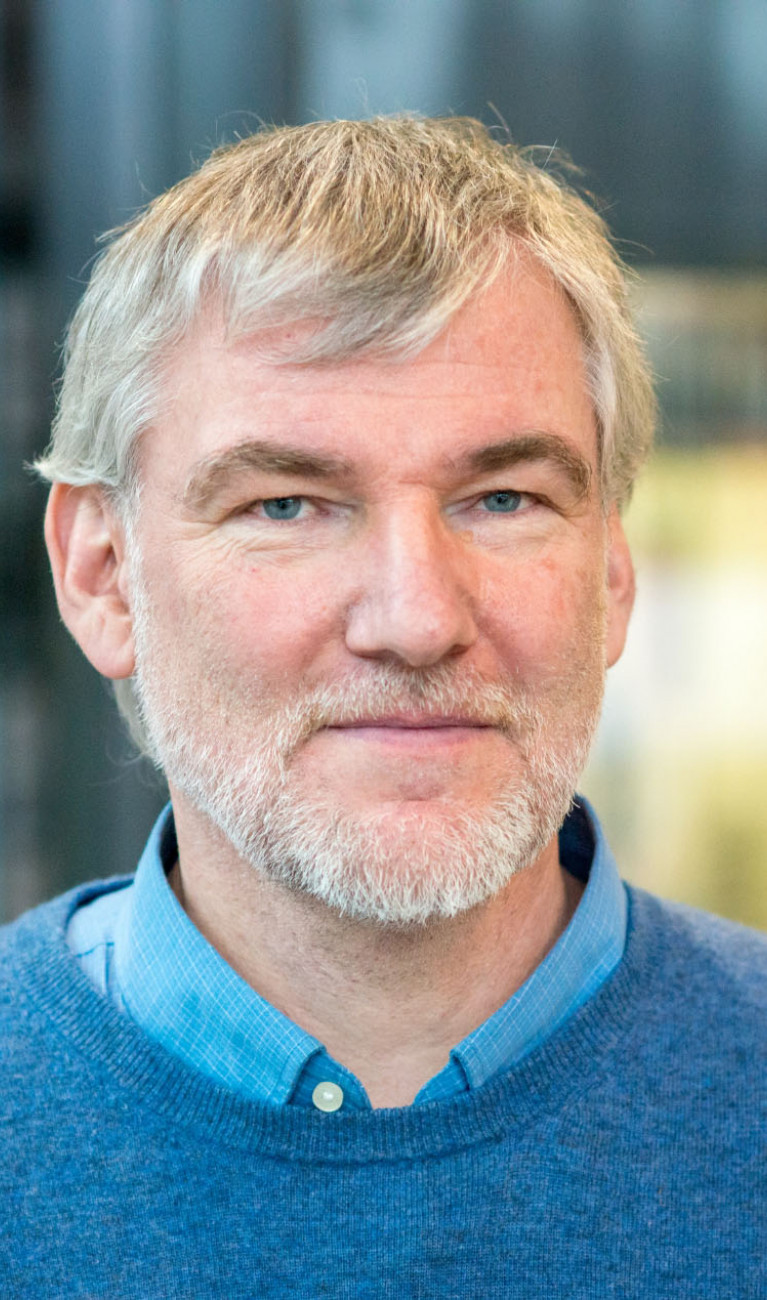
Mr. Huth, Mr. Bohn, the condition of our forests has been on the decline for years now. Four out of every five trees are showing crown damage. In your view, what makes this particularly alarming?
Huth: Crown damage keeps getting worse. It rose especially during the two dry years of 2018 and 2019. We can already see the effects now. Two types of trees, spruce and beech, are causing particular concern, as damage to these two species has increased sharply. For the oak, on the other hand, the situation has improved. This gives us some hope.
So higher tree damage doesn’t have anything to do with whether they are coniferous or deciduous trees?
Huth: No, trees primarily come under stress due to dryness. When this happens, they produce less biomass and become more vulnerable to insects such as bark beetles. This applies to coniferous and deciduous trees alike. There are various reasons why the situation deteriorates for some tree species and not for others.
What are they?
Bohn: Various factors are involved. On the one hand, increasing drought is a stress factor for forests, and so is rising heat. Many of our trees, especially spruce for example, can't handle high temperatures well. Oaks, on the other hand, can cope just fine.
In other words, increasing climate change means the condition of the forests will keep getting worse?
Related links
Bundesministerium für Ernährung und Landwirtschaft
Andreas Huth über den Zustand deutscher Wälder
Podcast der Helmholtz-Gemeinschaft
Bohn: We have to assume so. Dryness and rising temperatures are putting our forests under considerable strain. This is what our forest model FORMIND is helping us investigate. We use this model to simulate each individual tree in a forest and how they interact with each other, for example how they compete for light, how they grow, and how long they will live. Using this model, we can view forest development over the next 100 years in a variety of climate scenarios. As an example, if the temperature rose by four degrees, the forest's productivity would drop by roughly one quarter.
Huth: In our simulations, we also work with satellite data from the German Aerospace Center and use this data to create forest height maps for various regions in Germany. The first currently available map is a forest height map for the state of Thuringia. This additional data provides us with even more information about the condition of the forest.
What do we have to do to help forests adapt to changing climate conditions?
Huth: We have a long road ahead of us. Over the last few years in Germany, over roughly 704,000 acres of forest have died, which amounts to 2.5 percent of our forest area. The first step is to restore these acres. Monocultures are not good for the stability of the forests. Above all, we need heterogeneous forests that include young, mature, and old-growth tree populations. We also need mixed forests. This gives forests the stability to withstand weather events and climatic changes. Another factor is that there may be an insect that specializes in one type of tree. This does not impact a mixed forest as drastically as a monoculture.
Bohn: Old trees, by the way, tend to be more vulnerable to insects. This is important here in Germany, because we have relatively old forests. We may also have to decrease the density of our forests so that they don't consume so much water. Natural regeneration would also require reducing the wildlife population in some forests, because these animals eat young deciduous trees that would otherwise naturally regrow in dead forests.
Trees also play an important role in climate protection. They store carbon, as does the surrounding forest floor. Over time, the greenhouse gas becomes trapped in wood products, such as in furniture. If the forest is damaged, this causes additional climate change, which in turn damages the forest even more. Can we find a way out of this vicious cycle?
Bohn: There’s only one way: We have to reduce our carbon dioxide emissions as quickly as possible. The forests alone can’t compensate for our carbon dioxide emissions. The lower temperatures stay, the better the forests can absorb carbon. The higher the temperatures, the less carbon they can store. This has been demonstrated by our model and also by other studies.
Huth: The forests can compensate for roughly six percent of the emissions caused by humans in Germany, so they are an important carbon sink. But they can’t stop progressive climate change on their own.
